Tested: 2021 Toyota Venza Amounts to a Fancy RAV4 Hybrid
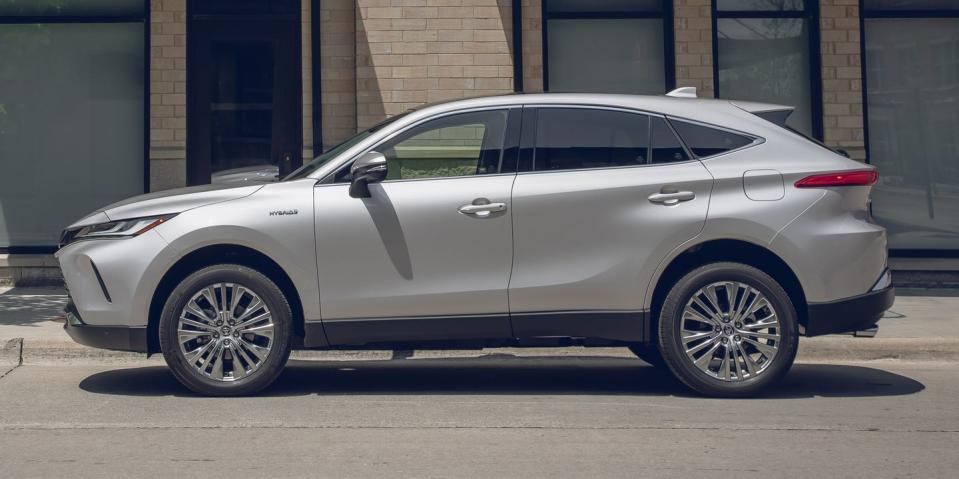
The hybrid-only 2021 Venza is one of the best-looking new Toyotas in recent memory—or at least one of the least fussy in its design. But its good looks are one of its few strengths. Although Toyota pitches the Venza as a mid-size two-row SUV in the vein of the Chevrolet Blazer, Ford Edge, and Honda Passport, this new crossover struggles to stand apart from the company's own compact RAV4 hybrid. Within the greater Toyota lineup, it's easier to think of the Venza as a high-end trim level of the RAV4, rather than a separate model designed to compete with larger rivals.
Unlike the previous Venza, which was a Camry-based crossover created for the United States market, this new model is plucked from Toyota's Japanese lineup, where it's called the Harrier. A glance at the Venza's spec sheet reveals a number of similarities with the RAV4, as the two crossovers share a platform and most of their powertrain and dimensions. The Venza is a few inches longer, owing to its different body, but its wheelbase and width are the same as the RAV4's.
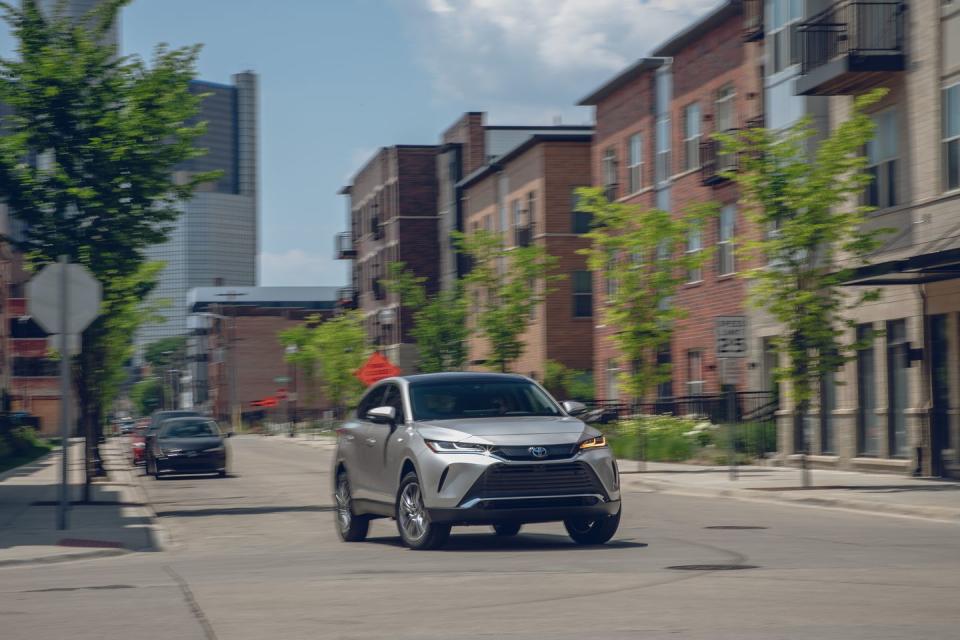
The supposedly bigger Venza is actually less spacious inside, and its inferior packaging makes it less practical for hauling cargo. We fit just seven carry-on suitcases behind the rear seats of the Venza—three fewer than in the RAV4 and less than half of what you can stow in a Honda Passport. Lifting things into the Venza requires a bit of extra effort as well, as its cargo floor is significantly higher off the ground than the RAV4's, at 32.3 inches versus 27.5. The Venza's rear-seat dimensions are nearly identical to the RAV4's, yet sitting back there feels more confining because of the Venza's slightly smaller windows and higher beltline.
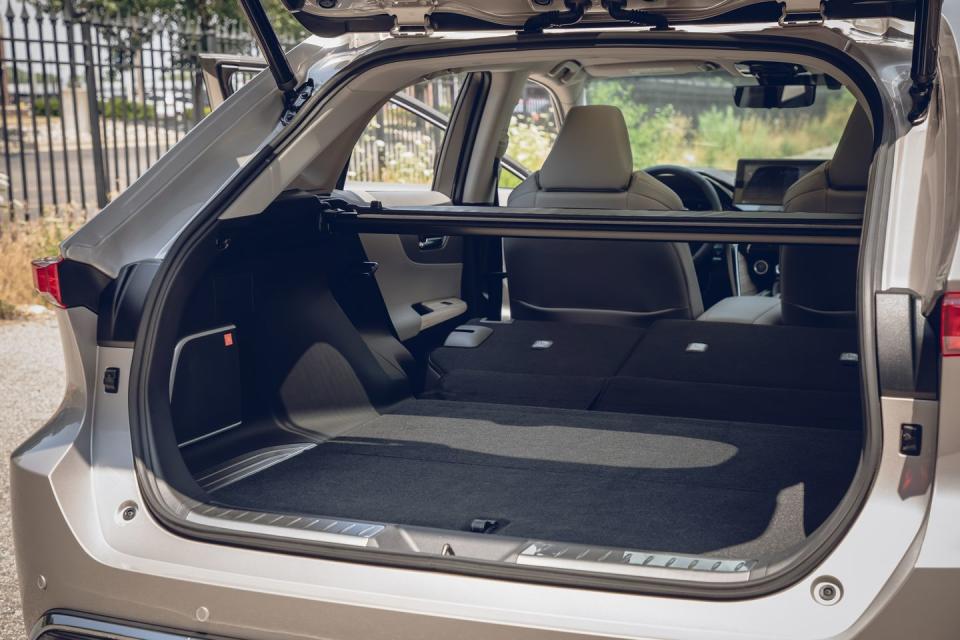
The Venza features the same all-wheel-drive hybrid drivetrain as the RAV4 hybrid, including a 2.5-liter inline-four and two motor-generators, plus a third electric motor on the rear axle. Combined output is the same 219 horsepower. The only significant difference is that the Venza gets a lithium-ion battery pack versus the RAV4's nickel-metal-hydride unit. However, the Venza's more modern battery holds far less energy, 0.9 kWh versus the RAV4's 1.6. Perhaps that's why the Venza Limited we tested, at 7.6 seconds to 60 mph, is 0.3-second slower than the RAV4 hybrid despite weighing only 58 pounds more. Either way, a Passport is a significant 1.5 seconds quicker. In our 75-mph highway fuel-economy test, the Venza's 36 mpg trailed the RAV4 hybrid's result by 1 mpg, although both numbers are admittedly impressive for any SUV. Still, Toyota's smooth 3.5-liter V-6 would have helped to differentiate Venza, as would the new RAV4 Prime's impressive plug-in-hybrid powertrain with 302 horsepower. But Toyota says it has no plans to offer other Venza variants in the U.S.
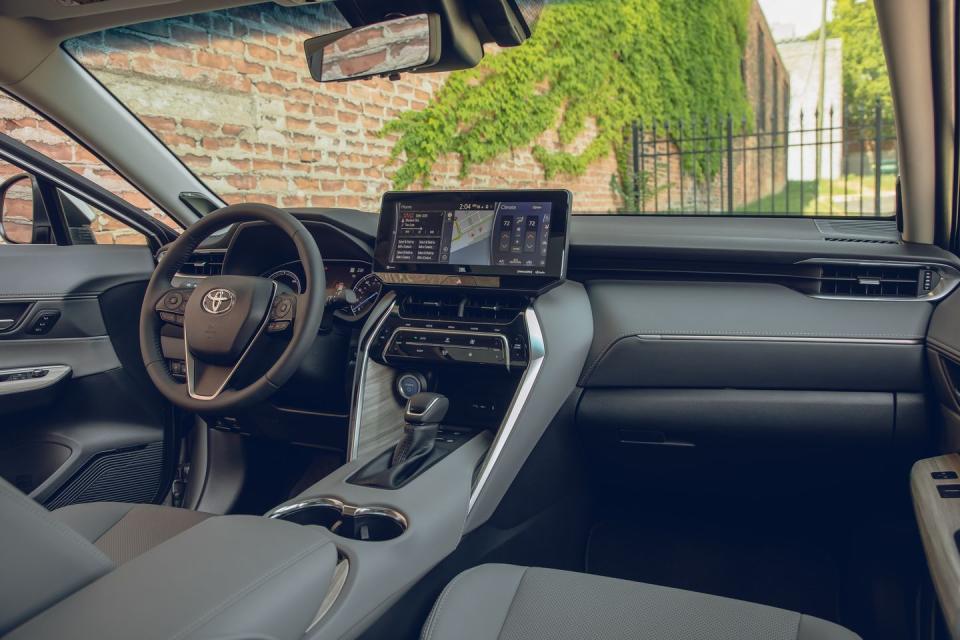
While the Venza may look a bit classier than the RAV4, it offers similar levels of comfort and refinement. Its four-cylinder can sound buzzy and sends more vibrations through the steering wheel and pedals than we'd like. Wind noise is noticeable on the highway, even though the Venza's sound measurement at a 70-mph cruise is one decibel lower than the RAV4 hybrid's. The Venza is reasonably balanced around corners, but its comparatively slower steering and softer suspension versus the RAV4 make it feel larger and a bit lazier on the road, as well as less composed over rough pavement. Our test car's Bridgestone Ecopia all-season tires were quick to relinquish their modest grip, with adhesion around the skidpad amounting to 0.79 g and stops from 70 mph requiring an unimpressive 179 feet.
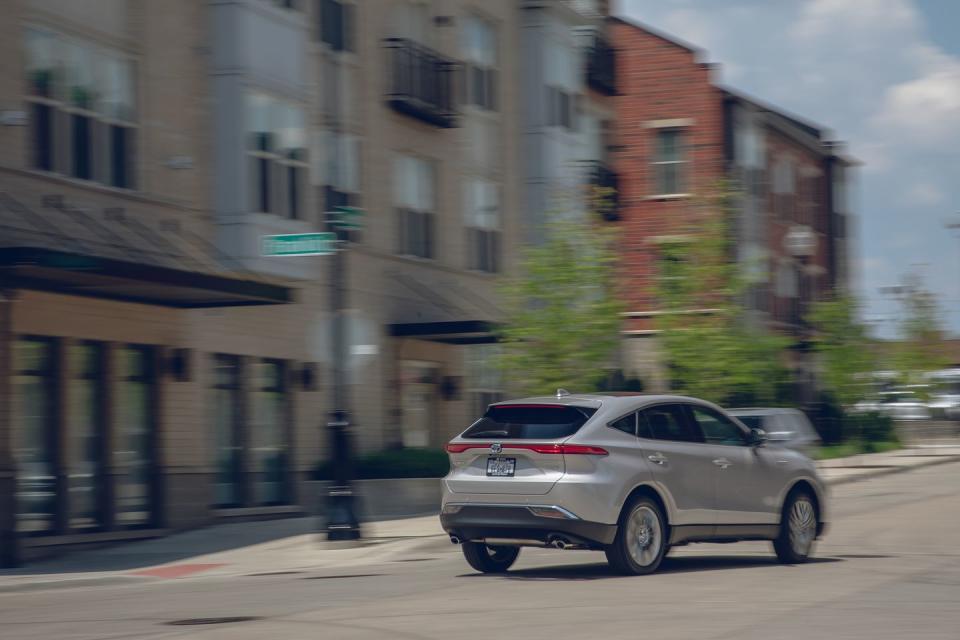
Unfortunately, the Venza lags behind the RAV4 in additional comparisons: The Venza isn't rated for towing, yet the RAV4 hybrid can tug up to 1750 pounds; the RAV4's physical buttons and knobs on its center stack are easier to use than the Venza's touch-capacitive buttons; and the Venza has fewer and smaller storage cubbies for stashing small items. Perhaps most frustrating is that Toyota charges between $3000 and $6000 more for the Venza than for equivalent RAV4 hybrid models.
On a technical level, the Venza's primary advantage is its panoramic electrochromic sunroof, a $1400 option exclusive to the Limited trim that can change from transparent to translucent at the touch of a button. But at our test car's $43,100 price point, the new Venza struggles to distinguish itself both from Toyota's own compact SUV and its numerous mid-size crossover competitors. Unless you're smitten with the Venza's design, the RAV4 hybrid is the more compelling buy.
You Might Also Like

 Yahoo Autos
Yahoo Autos 